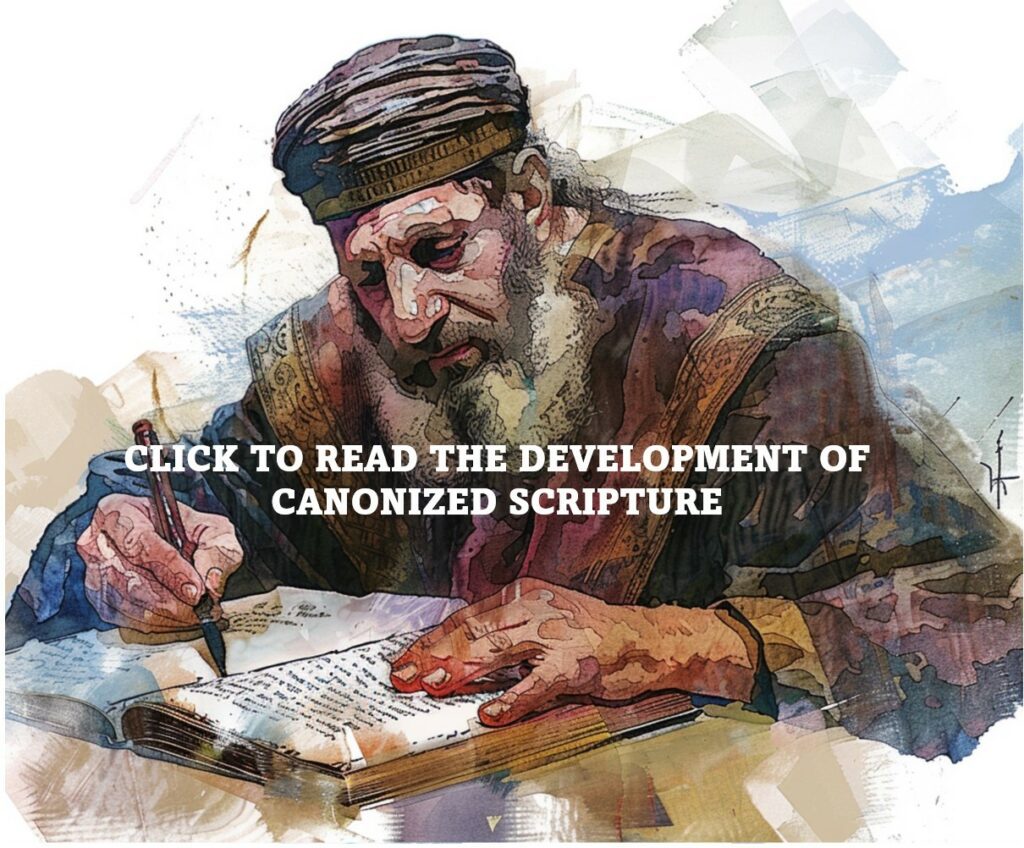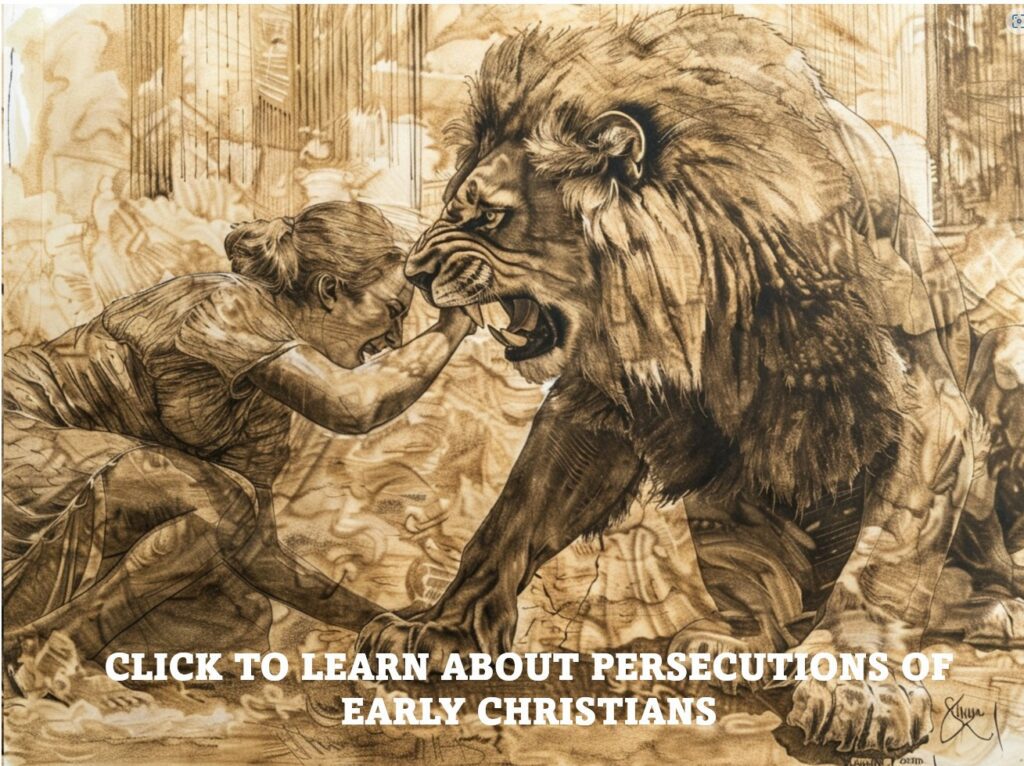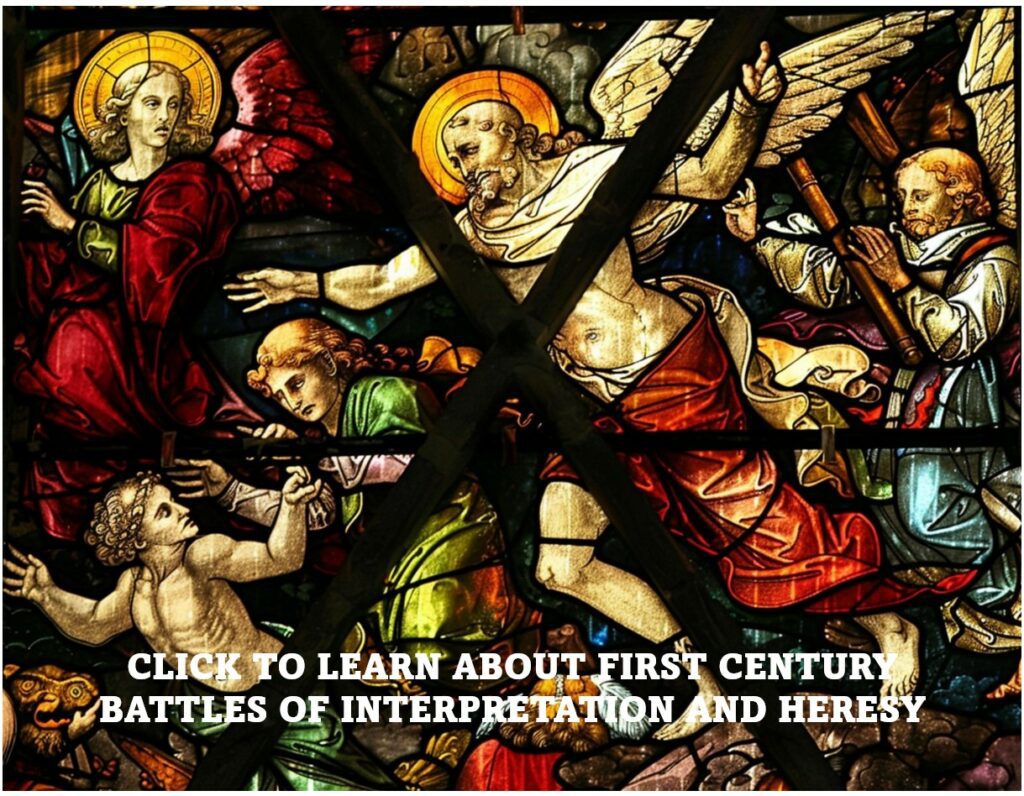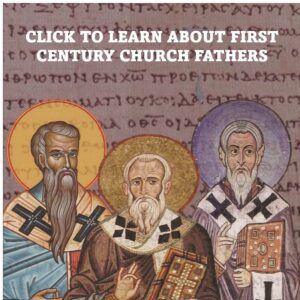Lesson Five Gaining a Foothold - the First Century Church

Early Church Worship Services
“In the first years after the Crucifixion, Christianity was only the seed of anew religion, lacking a developed liturgy, a method of worship, and a name—the earliest followers called it simply “the way,” according to Andrew Todhunter, the producer of National Geographic’s “In the Footsteps of the Apostles.” “There was an apostolic band of followers. There were missionary6 efforts in major centers, first in Jerusalem, then Antioch, the Rome…you had this tiny, vulnerable, poor, often persecuted group of people who were on fire with something,” says Columbia Stewart, American Benedictine monk and the executive director of the Hill Museum & Manuscript Library.
Characterizing a “typical” Christian worship service in the first century is challenging due to the lack of historical data. However, based on references in the New Testament and writings of some Church Fathers, a “typical” service was probably held in a private home. The groups were small, so homes offered a safe and discreet space for gatherings, especially during times of persecution. Since other Jews were Christians’ primary persecutors, synagogues would have been generally unavailable. Acts 2:46-47 describes meeting in members’ homes and Peter describes meeting in the house of Mary, the mother of John Mark after his release from prison (Acts 12:12). Paul in letters to the Roman and Corinth Churches mentions meetings in the home of Aquila and Priscilla, a married Christian couple. Church meetings likely occurred on the Sabbath (Saturday) in continuity with Jewish practice, though Sundays eventually replaced the Sabbath.
A service would have included:
- Scripture Readings: The reading and exposition of Scripture formed a central part of worship. Passages from the Old Testament would have been central, since letters from apostles or early Christian leaders were not widely available in the first century.
- Prayers: Prayers of thanksgiving, Confession, intercession, and praise would likely have been offered throughout the service
- .Singing and Hymns: Singing psalms and hymns, possibly composed by early Christians themselves, y to express devotion and praise reflected the ancient cantillation, Nusach:, and Niggunim of the synagogues.
- Sermons or Teachings: Elders or gifted individuals within the community would offer teachings or expositions on the Scriptures. Prophetic utterances or messages could also be part of the service, though regulated by the community (1 Corinthians 14).
- The Lord’s Supper (Eucharist): The celebration of the Lord’s Supper, a meal commemorating Jesus’ sacrifice, was a core element, though details on its frequency and exact practices continue to be debated among scholars.
- Fellowship and Community: Sharing meals (Agape meals) and acts of fellowship likely occurred alongside the more formal worship elements, fostering a sense of community and support.
The order and nature of services practices likely varied depending on the location and cultural context of the Christian community. Even so, early Christian worship emphasized active participation from the community, not just passive listening to a leader. Over time, orthodoxy and standardization developed and solidified into more formalized liturgies in the later centuries.
In the very first century, the terms “bishop” and “presbyter” (elder) seem to have been interchangeable and varied within local communities. Gradually, a more structured approach emerged. An Apostle, local clergy and the Christian community likely played a role in selecting a bishop through a process of recommendation, approval, or perhaps even a form of election. As Christianity spread geographically, the role of neighboring bishops became significant. They would likely participate in the selection process, offering guidance and ensuring continuity of apostolic tradition. They would also ordain the chosen candidate, a practice that continues today.




